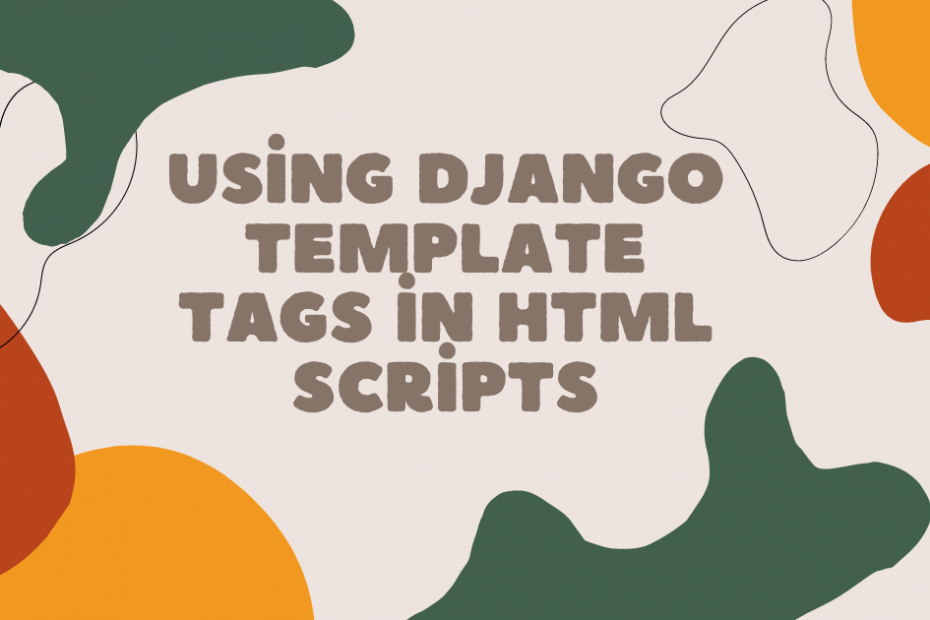I wondered how to use the Django setting variables inside a <script> tag in an HTML template in one of the projects. In this post, we’ll explore how to effectively use Django template tags in HTML scripts, providing a convenient way to integrate dynamic data and behaviour into your web pages.
Inside the script, I was doing an ajax call to another service in the mesh, and I couldn’t just write the service domain URL and path there like a garbage dump.
After defining the URLs and the path in settings.py
//settings.py
CLIENT_CONF = {
'base_url': env('BASE_URL'),
'path': env('PATH'),
}We need to create a template tag to fetch the required value. Create a template_tags.py file in your app and create a template tag.
from django import template
from django.conf import settings
register = template.Library()
@register.simple_tag
def client_conf(name):
conf = getattr(settings, "CLIENT_CONF", {})
return conf.get(name, "")
After that, we need to register this to the Django template view system using TEMPLATES in settings.py.
TEMPLATES = [
{
"BACKEND": "django.template.backends.django.DjangoTemplates",
"DIRS": [BASE_DIR / 'templates'],
"APP_DIRS": True,
"OPTIONS": {
"context_processors": [
'django.template.context_processors.debug',
'django.template.context_processors.request',
'django.contrib.auth.context_processors.auth',
'django.contrib.messages.context_processors.messages',
],
"libraries":{
"template_tags": "my_app.template_tags",
}
},
},
]Now we’re ready to fetch configs. All you have to do this call the template tag you’ve created properly.
<script type="text/javascript">
// like this:
var url = "{% ml_flask_conf 'base_url' %}{% ml_flask_conf 'predict_single' %}";
var data = {};
$("#my-button").click(function () {
//var data = Object.fromEntries($("#predict-form").serializeArray());
var formData = {
...
};
$.ajax({
url: "{% ml_flask_conf 'base_url' %}{% ml_flask_conf 'predict_single' %}",
method: "POST",
contentType: "application/json",
dataType: "json",
...
});
});
</script>That’s it. I know it’s a short post but you can learn more about template tags if you’re using Django template view in your projects heavily.

